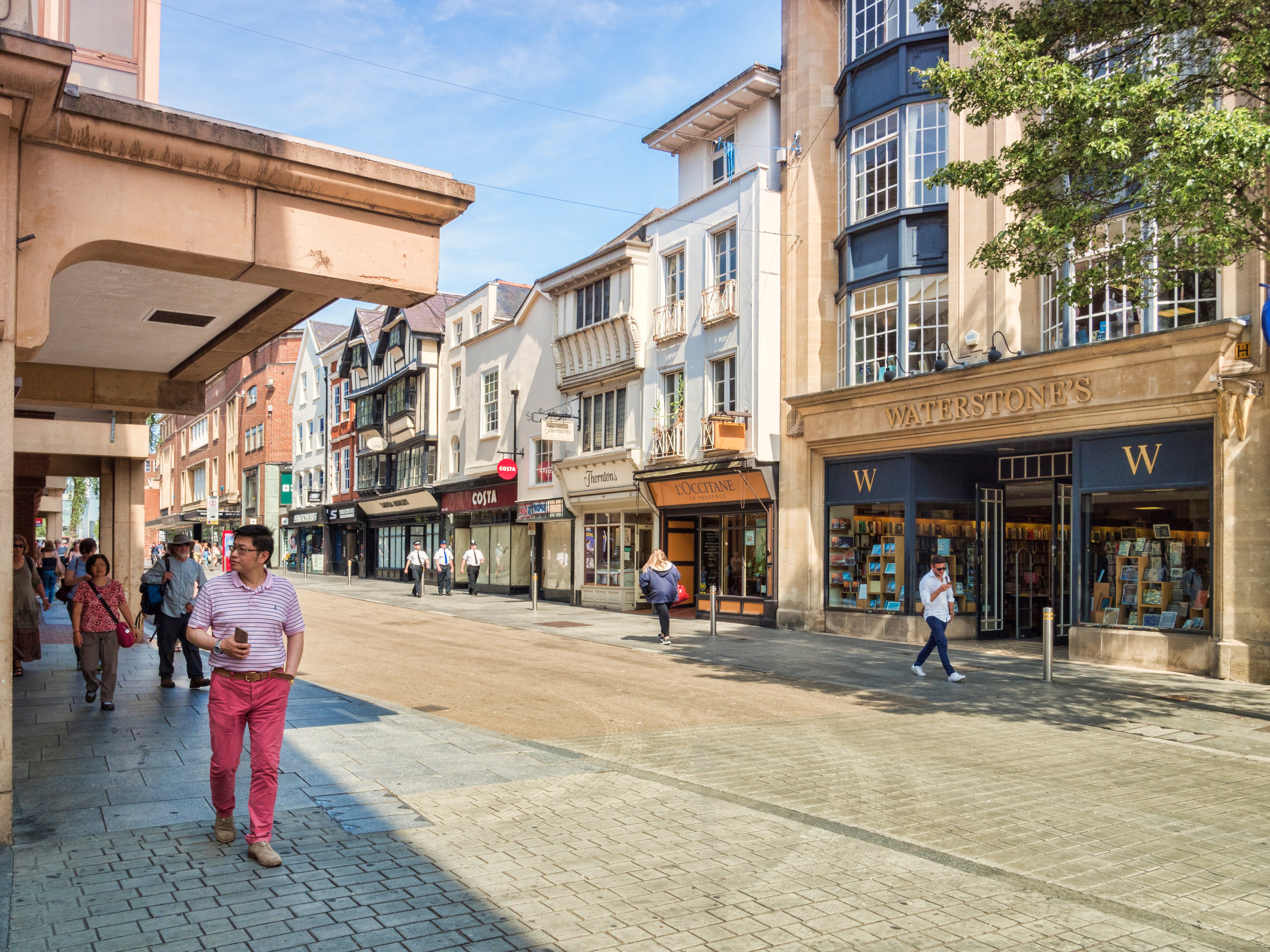The role of food outlets in post-covid cities and high streets
12 May 2020
Author: Linzi McGuire
We’re currently contending with many new normals - fear over health is still a concern, many households are grappling with reduced incomes, combined with the changing face of society as social interactions are restricted, and cities and high streets will soon look starkly different as we discover many businesses didn’t survive the pandemic, so how can food outlets can draw people back into cities and high streets to allow them to keep their doors open?
Responsible rates for renters is a must:
This pandemic will challenge the financial model of cities and building owners. Less rent and rates available from the same space, but without a serious rethink, the whole thing could fail, meaning even less financial security. Cities need to implement changes that ensure outlets survive, which in turn benefits the city via revenue and tourism.

Food Service outlets moving their premises outside:
Cafes, restaurants and bars will never be the same after Covid-19– but that may be a good thing. Some of the best innovations in hospitality were made during the last recession and we expect that this pandemic and the looming recession will be no exception and drive similar positive change. One trend we expect to see surge is the use of outdoor space. With permission from councils, UK and Ire establishments could make better use of the spaces outside and around their premises to seat tables in the open air. It’s something that European cities have made the norm and maybe it’s time we innovated our outdoor environments and licensing restrictions to draw local residents and tourists back into city centre hospitality outlets.

More support for neighbourhood businesses:
If there’s one thing that this pandemic has created it’s community. Seventy years ago almost half of UK households never ate out and restaurant and out of home food establishments were reserved for the rich. Today, if you live in any big city in the UK or Ireland it’s possible to eat cuisine, in outlet or at home, from around the entire world every night. A side effect of this is that we have become alienated from where food comes from and the work that goes into making it. We’ve been guilty of favouring international chains for cheap prices and fast service which helps them win more space on our high streets while local and family business struggle for custom and all too often go out of business. We’re now in a position to help play a new role in redressing the balance. Were we an irresponsible society before? Perhaps. Is it too late to change our habits and support our neighbourhood gems? We don’t think so.

Food shopping via delivery apps is the new normal:
Hyperlocal shopping is already trending and that trend is expected to continue. How can cities go the extra mile to ensure that their residents can get everything they need within a 3 mile radius of their home? In both UK and Ireland we’re already seeing stores like Co-op, M&S, Morrisons, Spar, Fallon & Byrne and other independents sign up to delivery services via apps like Deliveroo and UberEats to service their residents with same day grocery deliveries.
Customer Development Director, Adrian Hussey commented, “local businesses, including both convenience & foodservice can help create the neighbourhoods within towns and cities that people need to stay local, whilst getting all the products they want. Local convenience retailers can work with big online businesses like Deliveroo to support the consumer and drive sales for both. These marriages of local business with big business infrastructure could be the future of food retail.”

Follow our entire series of cities and high street on our LinkedIn page all week. If you’d like to chat to us about anything mentioned here or any other food related queries, please contact us.
_______________
ABOUT THE EXPERT:

For more information on Adrian Hussey, Customer Development Director, visit his LinkedIn page.
